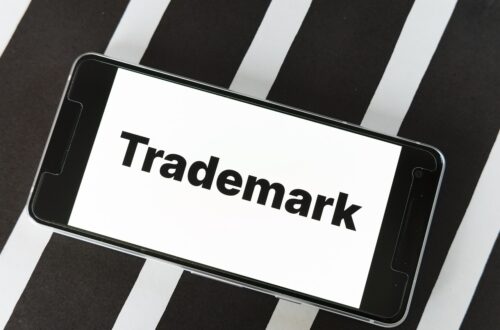Effective Storyboarding: Planning Your Video for Success
Planning is crucial to achieving a polished and professional final product. One of the most essential steps in this planning process is storyboarding. Effective storyboarding not only helps visualize your project but also ensures a smoother production phase. In this blog post, we’ll explore what storyboarding is, why it’s important, and how to create an effective storyboard for your video project.
What is Storyboarding?
Storyboarding is the process of creating a visual outline for your video. It involves drawing or digitally creating a series of images that represent each shot or scene in your video. These images, or “frames,” help map out the flow of the narrative, camera angles, and key actions. Think of a storyboard as a comic strip version of your script—it provides a visual guide for your video production.
Why is Storyboarding Important?
Storyboarding offers several benefits that can significantly improve your video production process:
- Visualization: Storyboarding allows you to visualize your video before you start shooting. This helps you see how each shot will look and how they will fit together to tell your story.
- Planning: With a storyboard, you can plan your shots, camera angles, and transitions in advance. This reduces the risk of missing important shots or having to reshoot scenes.
- Communication: Storyboards serve as a communication tool between the director, camera crew, actors, and other team members. Everyone can understand the vision and work towards a common goal.
- Efficiency: Having a clear plan helps streamline the production process. It saves time and resources by minimizing the need for improvisation on set.
How to Create an Effective Storyboard
Creating an effective storyboard doesn’t require artistic talent, but it does require attention to detail and a clear understanding of your video’s narrative. Here are the steps to create a storyboard that sets your video up for success:
- Write Your Script: Before you start storyboarding, have a complete script. Your script will guide the storyboard, detailing dialogue, actions, and key scenes.
- Break Down the Script: Divide your script into individual scenes or shots. Each scene should have a clear purpose and contribute to the overall narrative.
- Create a Template: Use a storyboard template to organize your frames. Templates usually consist of rectangular boxes for the visuals and lines for notes or dialogue beneath each box. You can create your own template or find free templates online.
- Draw the Frames: Begin sketching each scene based on your script breakdown. Focus on the composition, key actions, and camera angles. Don’t worry about artistic perfection—simple stick figures and basic shapes are sufficient.
- Add Notes: Under each frame, include notes on dialogue, actions, camera movements, and any special effects. These notes provide context and direction for each shot.
- Consider Transitions: Think about how each scene transitions to the next. Indicate cuts, fades, or other transitions in your notes to ensure a smooth flow.
- Review and Revise: Once you’ve completed your storyboard, review it carefully. Make sure it accurately represents your vision and makes logical sense. Share it with your team for feedback and make any necessary revisions.
Tips for Effective Storyboarding
- Stay Organized: Keep your storyboard organized and easy to follow. Number your frames and maintain a logical sequence.
- Be Detailed: The more details you include, the better. Note down specific camera angles, lighting cues, and actor directions.
- Use References: If you’re struggling with certain scenes, use reference images or watch similar videos for inspiration.
- Collaborate: Involve your team in the storyboarding process. Their input can provide valuable insights and improve the final product.
Conclusion
Effective storyboarding is a fundamental step in planning a successful video. It transforms your script into a visual roadmap, guiding your production team through each scene with clarity and precision. By investing time in creating a detailed storyboard, you can enhance communication, improve efficiency, and ultimately produce a more cohesive and compelling video. Start incorporating storyboarding into your video production workflow, and watch as your projects become more organized, professional, and successful.




